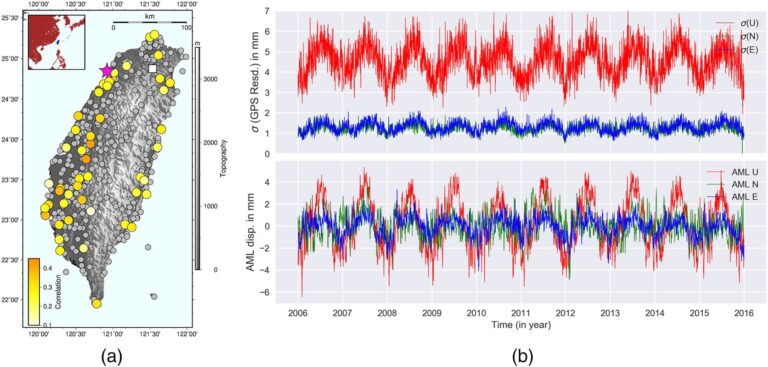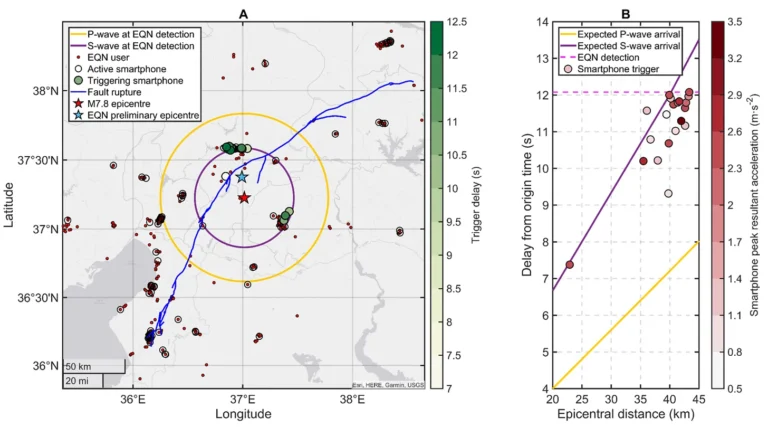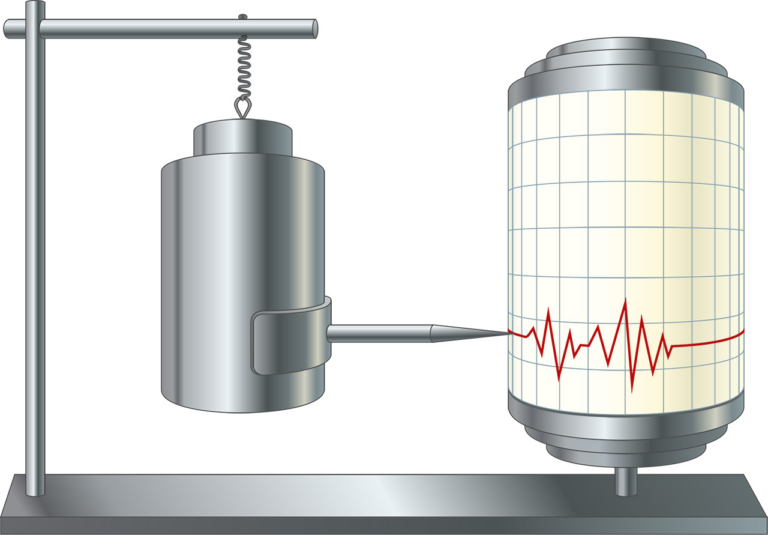Retracing the Path of a Meteor: Insights from Taiwan’s Seismic and Infrasound Networks

On December 5, 2013, a mysterious series of booms startled Tamsui residents in Taiwan. Using seismic and infrasound data, we uncovered the event’s origin—a meteor shockwave. This rare phenomenon allowed us to reconstruct the meteor’s trajectory and estimate its energy, highlighting the value of geophysical monitoring in studying atmospheric events.







